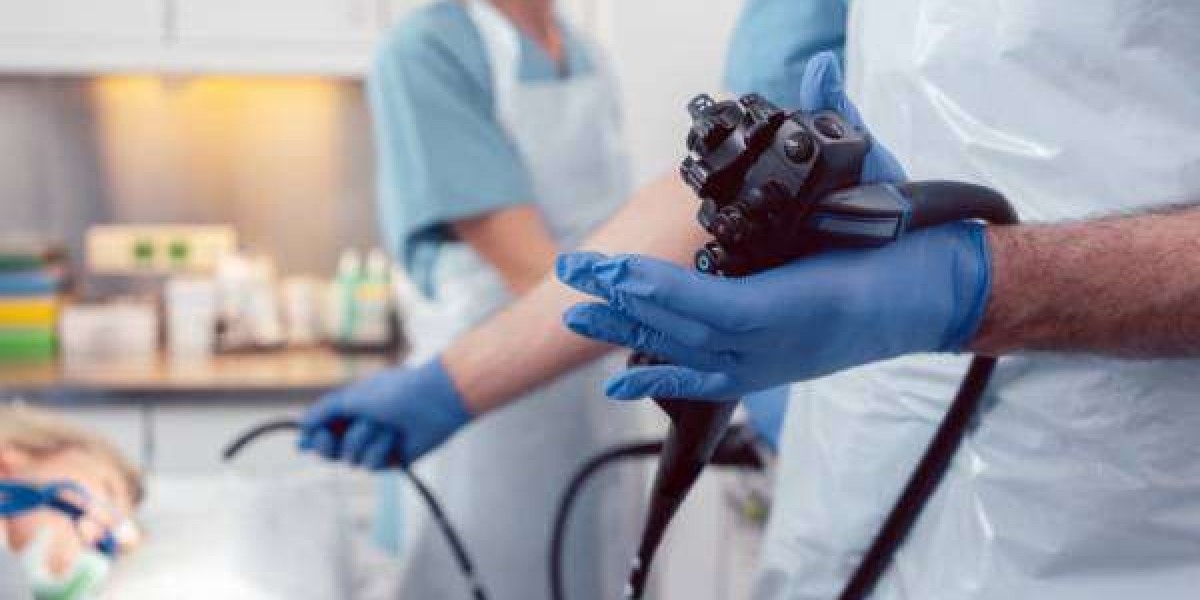The medical camera market has experienced remarkable advancements in recent years, driven by continuous technological innovations that have significantly enhanced the precision and capabilities of medical imaging. These enhancements are transforming the way healthcare professionals diagnose, treat, and monitor patients, ultimately improving outcomes and enabling more effective medical procedures. With the integration of advanced imaging technologies, miniaturization of devices, and the increasing application of artificial intelligence (AI), the medical camera market is on the brink of a new era in healthcare.
Technological Enhancements in Medical Cameras
High-Definition and 4K Imaging: One of the most significant advancements in medical camera technology is the shift towards high-definition (HD) and 4K imaging. Traditional cameras often struggled to provide the level of detail required for accurate diagnosis and surgery. Today, HD and 4K medical cameras offer ultra-clear, high-resolution images that allow healthcare professionals to detect abnormalities with unparalleled precision. For example, in endoscopic procedures, surgeons now have the ability to view internal organs with extreme clarity, which reduces the risk of errors and enhances the success of minimally invasive surgeries.
Miniaturization of Devices: Advances in sensor technology have enabled the miniaturization of medical cameras, making them more flexible and easier to use in a variety of clinical settings. Smaller, lightweight cameras are particularly important for endoscopic procedures, where the camera must navigate tight and hard-to-reach spaces within the body. These compact cameras not only reduce patient discomfort but also facilitate more precise interventions. For instance, ultra-thin, flexible endoscopes are now capable of performing detailed imaging within the gastrointestinal tract, urinary system, and respiratory pathways, all while minimizing patient recovery time.
3D Imaging and Visualization: Medical cameras with 3D imaging capabilities are revolutionizing the surgical landscape. By providing depth perception, 3D imaging allows surgeons to view and navigate anatomical structures with greater accuracy. This is particularly beneficial in complex procedures, such as brain surgery or spinal operations, where precise visualization is critical. With 3D-enhanced cameras, surgeons can obtain a more comprehensive view of tissues and organs, enabling them to make better-informed decisions and reduce the likelihood of complications during surgery.
Integration with Artificial Intelligence (AI): One of the most promising enhancements in the medical camera market is the integration of artificial intelligence. AI-powered medical cameras can analyze images in real time, identify patterns, and even detect early signs of disease that may be invisible to the human eye. For example, in dermatology, AI algorithms can assist in identifying skin cancers by analyzing high-resolution images of skin lesions. AI-enhanced cameras can also improve the accuracy of diagnoses, reduce human error, and offer faster results, ultimately leading to more effective treatment plans.
Applications and Benefits of Enhanced Medical Cameras
The enhancements in medical camera technology are having a profound impact on several key areas of healthcare:
Minimally Invasive Surgeries: Enhanced medical cameras, especially those with high-definition imaging and miniaturized designs, have enabled the widespread adoption of minimally invasive surgeries (MIS). These procedures, such as laparoscopies and endoscopies, benefit from improved imaging, allowing surgeons to operate with greater precision, leading to shorter recovery times, reduced risks of infection, and less post-operative pain for patients.
Diagnostic Imaging: The integration of advanced cameras with AI algorithms allows healthcare providers to conduct more accurate and efficient diagnostics. For example, AI-enabled cameras can assist radiologists in analyzing MRI scans, X-rays, and CT images more accurately, identifying conditions such as tumors, fractures, or abnormalities in real-time. This has the potential to significantly reduce diagnostic errors and speed up decision-making processes.
Telemedicine and Remote Monitoring: Enhanced medical cameras are also playing a crucial role in telemedicine and remote patient monitoring. High-quality cameras enable doctors to conduct virtual consultations, examine patient symptoms via images, and provide real-time feedback without the need for in-person visits. This technology has been particularly beneficial for patients in rural or underserved areas, providing access to specialized care without the burden of travel.
Challenges and Future Outlook
Despite the many advancements, challenges remain in the medical camera market. High costs associated with advanced equipment, regulatory hurdles, and the need for specialized training to operate these sophisticated systems can limit their adoption. However, as technology continues to evolve and more affordable solutions emerge, these barriers are expected to diminish.
The future of the medical camera market is exciting, with continuous improvements in imaging quality, device integration, and AI applications paving the way for smarter, more effective healthcare solutions. As these technologies become more widely accessible, the overall efficiency of healthcare systems will improve, ultimately enhancing patient outcomes and transforming how medical professionals approach diagnosis and treatment.
In conclusion, medical camera enhancements are not only improving the accuracy and efficiency of healthcare processes but also enabling new possibilities in patient care. As technology continues to evolve, medical cameras will play an increasingly critical role in delivering personalized, precise, and accessible healthcare worldwide.



